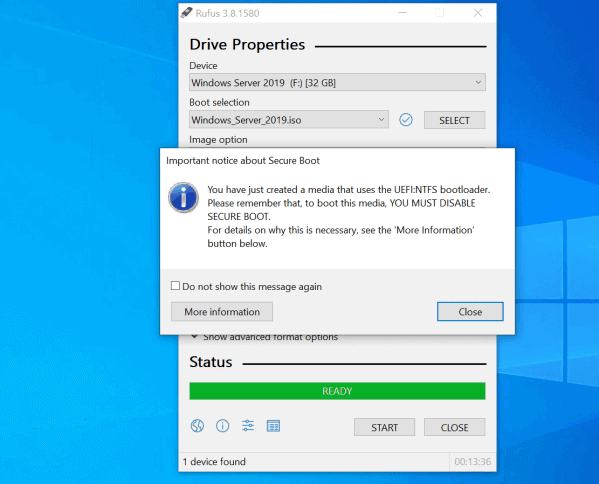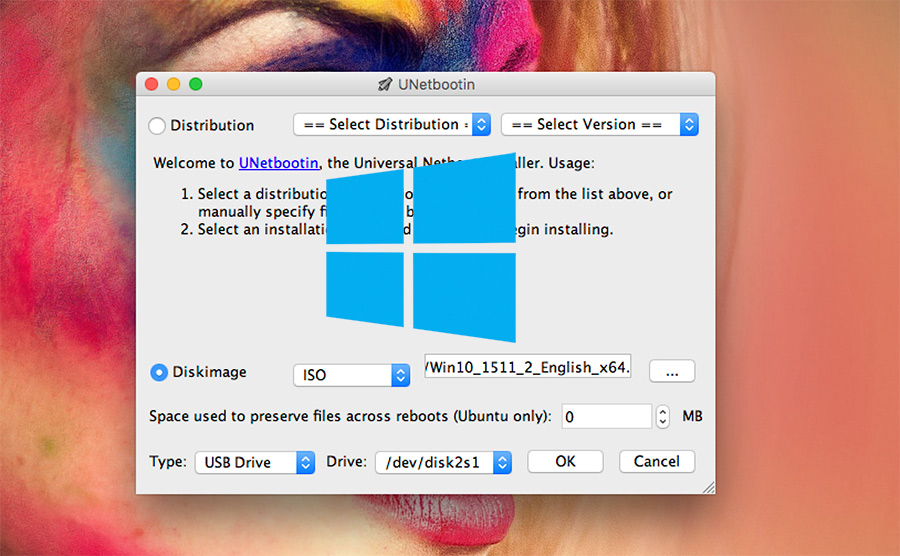

One thing which can break the heart of other users is Rufus for Linux is not available, I mean only Windows users can install and use it.

Also see: How to Burn ISO to USB on Windows 10 using Rufus. Moreover, since version 1.3.2, UEFI support also has been integrated into this software by its developers for installation media in addition to GPT.ĭownload it from here. Later, select the source of the ISO file and the file systems used to format the USB drive among FAT32, exFAT, UDF, and NTFS. After running the application, insert the USB drive into your computer and the software will automatically detect it. It was developed to quickly and easily format and boot up USB storage devices and indeed the copying of files is snappy on this tool as compared to other open-source USB bootable media creator programs.Įven though the operation of Rufus is quite fast, dealing with the software is yet traditional and easy to understand. It is a few MBs of portable software, which means no need to install anything, just download it and start working around it. This free software works with a variety of ISO files such as Arch Linux, CentOS, Damn Small Linux, Debian, Fedora, FreeDOS, FreeNAS, Gentoo, GParted, Knoppix, Linux Mint, Parted Magic, Raspbian, Windows XP (SP2+), Windows Vista, Windows Server 2008, Windows 7/8/8.1/10/Server 2012/2016, and more… Moreover, with version 3.0, support for UEFI: NTFS for ARM64 has been added. If we are talking about the best software to create bootable drives, then Rufus will be one of the optimum choices because of its interface, lightweight, and wide operating system ISO files compatibility. Note: All the below software will format the USB drive to use, thus making sure there is no useful data on it will be a wise idea. You can download them using the given link corresponding to every program. The below-given tools are arranged according to their popularity.

BalenaEtcher – Create bootable USB sticks and SD cards Best GUI tools to create bootable USB media on Windows 10/7


 0 kommentar(er)
0 kommentar(er)
